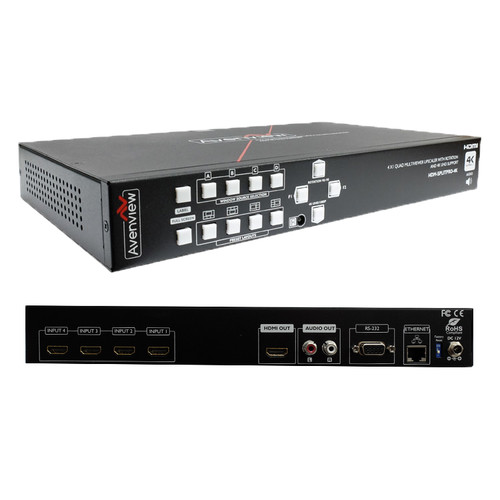

:cachevalid(1566558223.0)/images/best/bilder/s14/14013569_2000_p_1_lo.jpg)
Note: Some older USB-C ports support just 5Gbps maximum speeds, so it's important to look for a "USB 3.2 Gen 1x2" or "10Gbps" designation to verify that a given USB-C port supports 10Gbps transfers. The minor wrinkle is that USB ports with 10Gbps speeds can also exist in the original, larger shape (the USB Type-A rectangles we all know), and are dubbed "USB 3.2 Gen 2x1." With the exception of some desktops, though, it's more common to see 10Gbps-speed USB ports with Type-C physical connectors. (That 10Gbps is theoretically twice as fast as original USB 3.0.) USB-C ports that support this peak speed are called "USB 3.2 Gen 1x2." The most common speed that USB-C connectors are rated for is 10Gbps. Where USB-C gets tricky is in the numbers that get attached to the ports. USB-C and USB 3.2: The Numbers Beneath the Port Most of the time, you have different connectors at each end. That has not been the case with all the USB cables we've been using for the past 20 years.

The standard cables also have the same connector on both ends, so you don't have to figure out which end goes where. Line up the connector properly, and you never have to flip it over to plug it in the "right way" is always up. Like Lightning and MagSafe, the USB-C connector has no up or down orientation. The USB-C connector looks similar to a micro USB or rectangular USB 3.0 connectors at first glance, though it's more oval in shape and slightly thicker to accommodate its best feature: flippability. Is USB-C the Same as Micro USB or USB 3.0? USB-C is so broadly accepted that the European Union, hoping to simplify digital life, will require devices to use it for battery charging starting in 2024. Contrast this with the earlier Apple-promoted (and developed) Lightning and MagSafe connectors, which had limited acceptance beyond Apple products, and became obsolete thanks in no small part to USB-C.
Hdmi photo reader Pc#
This broad acceptance by the big dogs is important, because it's part of why USB-C has been so readily accepted by PC manufacturers. The USB-IF counts more than 700 companies in its membership, among them Apple, Dell, HP, Intel, Microsoft, and Samsung. The USB-C connector was developed by the USB Implementers Forum (USB-IF) (Opens in a new window), the group of companies that has developed, certified, and shepherded the USB standard over the years. USB-C is an industry-standard connector for transmitting both data and power on a single cable. Here's a guide to everything USB-C can do, and which of its features you should look for when buying your next USB-C device. USB-C may now be ubiquitous, but it doesn't serve the same functions everywhere. While every USB-C port looks the same, not every one offers the same capabilities. USB Type-C ports are now found on all manner of devices, from simple external hard drives to high-end laptops and the latest smartphones.
Hdmi photo reader serial#
VHS ate Betamax, then was ousted by DVD, which faded in the face of Blu-ray (a standard that itself knocked off its chief rival, HD DVD), now facing its own mortality at the hands of online streaming services.īut USB-C is different-and perhaps it's even as truly universal as its acronym (Universal Serial Bus) suggests. At best, you end up in a format war, and one faction emerges victorious for a few years until an entirely new technology takes it out. Landing on a single standard to rule them all is an elusive aim in the realm of personal technology.
Hdmi photo reader how to#
How to Set Up Two-Factor Authentication.How to Record the Screen on Your Windows PC or Mac.How to Convert YouTube Videos to MP3 Files.

Hdmi photo reader free#


 0 kommentar(er)
0 kommentar(er)
